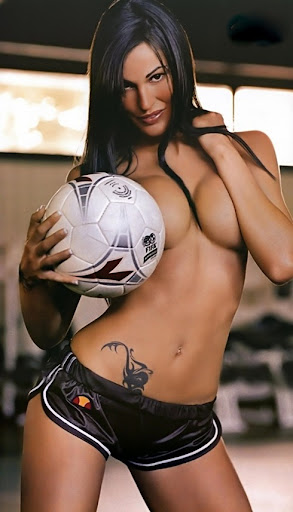skip to main |
skip to sidebar
Fifties Hairstyle
Although it is currently a women's hairstyle, some men have worn it as the fictional character He-Man in his 1980s incarnation and the eponymous star of the American comic strip Prince Valiant. The latter instance inspired the pageboy's sometime nickname of "the Prince Valiant" or "Prince Valiant cut". The character of Willy Wonka as played by Johnny Depp wore this hairstyle. In the early 1950s, the New York City hairdresser M. Lewis popularized this style. In the film Pulp Fiction the character of Mia Wallace (played by actress Uma Thurman) sports a pageboy, as does AnnaSophia Robb as Violet Beauregarde and Missi Pyle as Violet's mother Scarlett Beauregarde in Charlie and the Chocolate Factory. In the Oscar-winning film One Flew Over the Cuckoo's Nest, the villainous Nurse Ratched is known for her pageboy. Rei Ayanami from Neon Genesis Evangelion wears a shaggy pageboy. The pageboy hairstyle was developed and popularized in the 1950s. Its most notable feature were the bangs (US) or fringe (UK) made famous by the fifties glamor and fetish model Bettie Page. As this association was not acceptable to women's magazine editors it was sold to the public as the hairstyles worn historically by English pageboys. Major film actresses in the 1950s sported pageboys, and many fashionable women adopted it. A well cut pageboy is easy to maintain, and in the 1950s it was an edgy, stylish look. The pageboy is similar to a long bob hairstyle. A pageboy hairstyle is a haircut which is designed for straight, medium to short length hair. In the fifties the pageboy generally stopped above the shoulders but later renditions saw the hair cut to just below the ear, where it curls under; in a reverse pageboy, the hair is curled outwards. Many hairstylists can make a pageboy and explain how it is maintained. This look suits a variety of face and body types. A pageboy flip has the bottom reversed to curl outward. The pageboy (or page boy) is a hairstyle named after what was believed to be the haircut of an English page boy. It has straight hair hanging to below the ear, where it usually turns under. Often there is a fringe (bangs) in the front. This style was popular in the 50s and 60s.






No comments:
Post a Comment